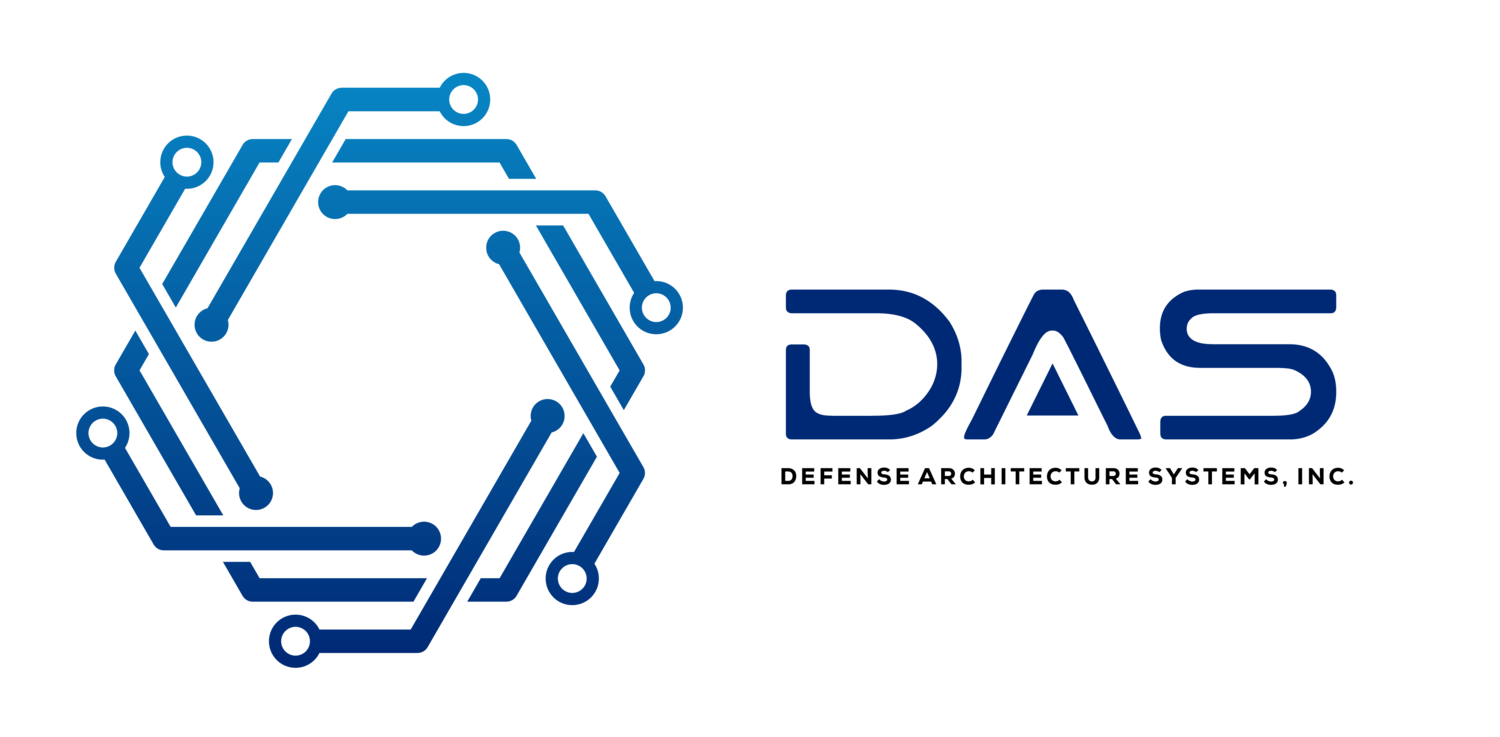In today's fiercely competitive market, businesses are constantly striving to rise above the noise and capture the attention of their target audience. To achieve lasting success, simply offering a good product or service is no longer sufficient. Companies must focus their efforts on creating standout offerings that set new industry standards and leave competitors in the dust. In this fast-paced and demanding landscape, it is the businesses with razor-sharp focus on their products that emerge as industry leaders, captivating customers and redefining success. Here at Defense Architecture Systems (DAS) we provide the easy button for a variety of customers when it comes time to manufacture. Our focus is working close with customers to provide a seamless transition from concept to product in the shortest amount of time at the greatest value. By following the basic steps below, any product transition team will significantly increase the chance of success.
The transition from prototype to production involves a series of steps to ensure the design is optimized, the manufacturing process is established, and the product can be produced at scale while maintaining quality and reliability. In this article, I provide a guide outlining the key considerations and steps involved in the prototype-to-production transitions for electronics and hardware-based systems.
1.Design Refinement:
The first step in transitioning a prototype to production is to refine the design based on the learnings and feedback from the prototyping phase. This includes conducting thorough design reviews, identifying potential improvements, and addressing any performance or functionality issues. Not only should the design be optimized for manufacturability (factors such as cost, ease of assembly, and reliability) but more importantly use cases must be optimized. The best equipment provides low burden capability to the user. Reducing complexity is a key tenet of our approach.
2. Design for Manufacturing (DFM):
Design for Manufacturing involves optimizing the product design to ensure it can be efficiently and cost-effectively manufactured at scale. DFM considerations include component selection, assembly processes, reducing part count, and ensuring compliance with industry standards and regulations. Collaboration between the design and manufacturing teams is crucial to identify and address any potential manufacturing challenges early in the process. By combining prototyping and production in the same facility, many of these challenges can be quickly eliminated.
3. Component Sourcing:
Identifying reliable suppliers and sourcing high-quality components is essential for a successful production transition. This is even more critical, especially in the current supply chain-challenged environment. Working closely with the procurement team, engineers evaluate multiple suppliers, compare costs, lead times, and quality standards. It is crucial to establish a resilient, agile and robust supply chain to avoid delays or interruptions in production.
4. Design Verification and Testing:
Before proceeding with mass production, it is essential to thoroughly verify and test the design. This involves performing various tests, including functional testing, reliability testing, environmental testing, and compliance testing to ensure the product meets the required specifications, use cases and any relevant regulatory standards. Any issues identified during testing must be addressed and resolved before moving forward. It is this brief time frame with focus on design refinement that can make or break a transition process.
5. Manufacturing Process Establishment:
Establishing a well-defined and efficient manufacturing process is a critical step in transitioning from prototype to production. By creating detailed work instructions, assembly procedures, and quality control processes the manufacturing team, working closely with the design team, can ensure a smooth transfer of knowledge and expertise. Production equipment, tools, and facilities should be configured and optimized to achieve the desired production volumes and are often revisited as production volumes scale up. The multitude of articles discussing the production ramp of electric vehicles at Tesla, Ford, and Rivian are prime examples of this. Production of the first 2000 vehicles looks vastly different than 25,000 or 200,000.
6. Pilot Production Run:
Conducting a pilot production run allows for the validation of the manufacturing process on a smaller scale before ramping up to full-scale production. This phase helps identify and rectify any remaining issues, assess the production yield, and fine-tune the assembly process. Feedback from the pilot production run identifies necessary adjustments and improvements before moving into full production.
7. Full-Scale Production:
Once the pilot production run is successful, full-scale production can commence. Depending on the use case, anticipated volume, and manufacturing process, production can be gradually increased to meet market demand. Continuous monitoring of the manufacturing process and product quality is crucial at this stage to identify any deviations or potential areas for improvement. Regular quality control inspections and testing should be conducted to ensure consistency and reliability.
8. Post-Production Support:
After the product is in full-scale production, it is essential to establish a system for post-production support. This includes addressing customer inquiries, providing technical assistance, and managing any potential product issues or recalls. Gathering feedback from customers and the market helps drive future product improvements and enhancements.
Transitioning a prototype to production for electronics and hardware-based systems requires careful planning, collaboration between teams, and attention to detail. With an experienced team implementing all of the processes, you can ensure a smooth and successful transition from prototype to a high-quality, reliable, and market-ready product. At DAS, we tightly link prototype design with a production mindset. With collocated prototyping and production capabilities, your product enters the market quickly, with the feature set that counts.








